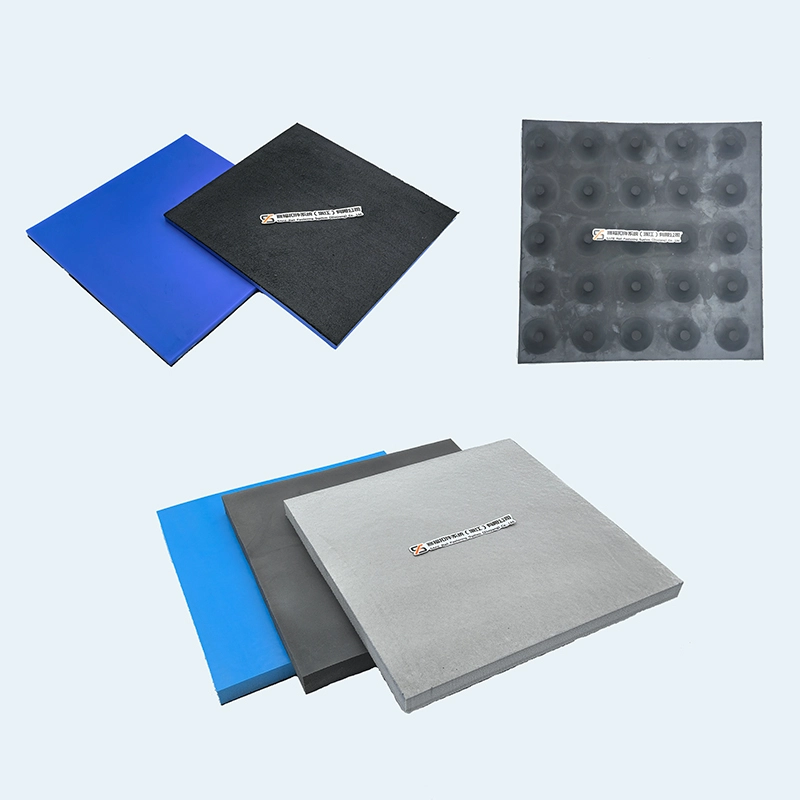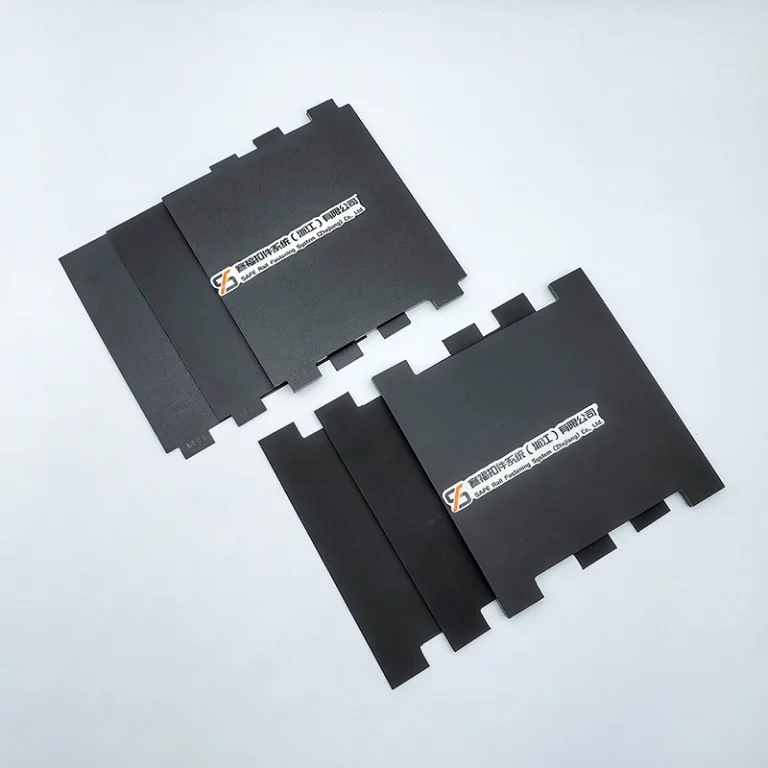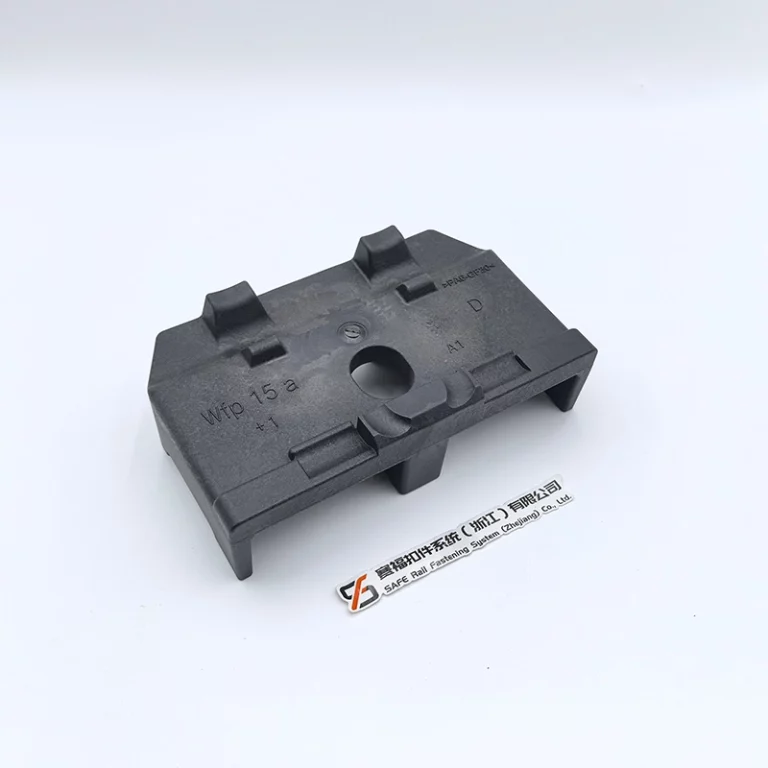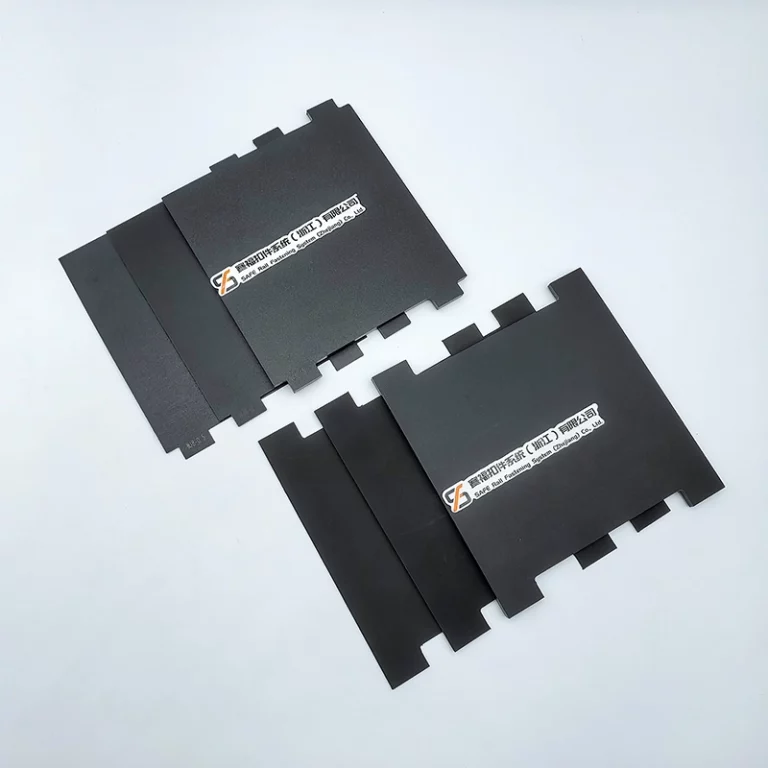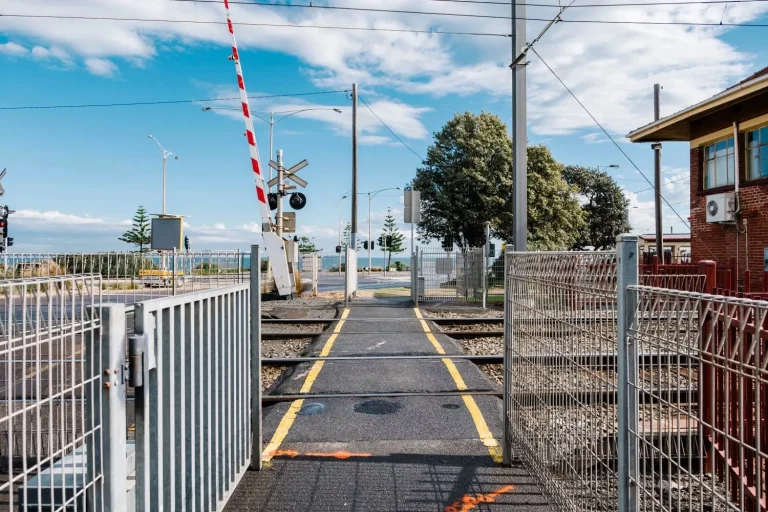Urban rail systems, like subways and trams, are key for city travel. They move people quickly and help the environment. But they can be loud and shaky. This bothers people living nearby, harms buildings, and makes rides less comfy. Floating slab mats are a great fix for these issues. They cut down noise and shaking in rail systems.
This blog explains how floating slab mats work, their benefits, and why they’re awesome for urban rail solutions. We’ll keep it simple and clear for everyone.
Why Noise and Vibration Are a Big Deal
How Noise and Vibration Hurt Cities
Trains make noise and shaking when they move. Wheels hit tracks, and tracks wiggle. This causes problems:
- Bothering Neighbors: Shaking travels through the ground. It makes noise in homes and shops nearby.
- Damaging Buildings: Constant shaking can crack tracks, tunnels, or nearby structures.
- Uncomfy Rides: Loud noises and bumps make train trips less fun for passengers.
Experts say up to 31% of city rail projects have too much shaking. This breaks rules for quiet cities. Good track vibration control is super important to keep everyone happy.
Why Old Fixes Don’t Work Well
Old rail tracks, like ordinary slab tracks (OST), don’t stop shaking well. Rail clips help a bit, but only for fast shakes (above 30 Hz). Slow shakes, which are worse, slip through. That’s why we need better tools like floating slab mats. They’re great at acoustic insulation and stopping shakes.
How Floating Slab Mats Help
Floating slab mats are soft, stretchy pads put under heavy concrete slabs in rail tracks. They act like a springy cushion. The slab is heavy, and the mat is bouncy. Together, they soak up shakes and quiet noise. These mats are often made from strong rubber or polyurethane. Products like those from SAFE are tough, easy to put in, and awesome at stopping shakes.
How Floating Slab Mats Work?
Floating slab mats keep the track slab from touching the ground too much. This stops shakes from spreading. Here’s how they do it:
- Catch Slow Shakes: Mats work best for slow shakes (14–25 Hz). These are the ones that bug people most.
- Cut Noise a Lot: Mats can lower shaking noise by 14–25 dB(v). That’s a big drop!
- Adjustable Bounce: You can tweak the mat’s firmness to fit each project’s needs. This makes vibration damping in rail systems
A study on steel spring floating slab tracks showed they cut shakes by 34.7 dB and noise by 25 dB compared to old tracks. SAFE Floating slab mats do a similar job and work for many rail types.
Why Floating Slab Mats Are Great
Floating slab mats have lots of perks for urban rail solutions:
- Quieter Cities: They stop shakes, so nearby homes and shops stay calm.
- Stronger Tracks: Less shaking means tracks and tunnels last longer. This saves money.
- Green Choice: Many mats, like those from SAFE, use recycled stuff. They can be recycled too.
- Quick Setup: Mats are easy to install. This saves time and work.
Here’s a table to show why they’re awesome:
| Feature | Why It’s Good |
| Catches Slow Shakes | Quiets low shakes for better floating slab mat noise reduction |
| Adjustable Bounce | Fits each project just right |
| Super Tough | Lasts long without fixes |
| Earth-Friendly | Helps make urban rail solutions greener |
| Easy to Put In | Saves time and money on building |
Where Floating Slab Mats Shine
Subways and Metros
Big cities have subways that go near homes or special places. Floating slab mats keep these areas quiet. For example, Shanghai Metro Lines 2, 4, and 9 use them to follow strict quiet rules. They’re great for acoustic insulation and meeting city standards like China’s “Standard for Environmental Vibration of Urban Area” (GB 10070-1988).
Trams and Light Rail
Trams run on city streets. They need fixes that work well and fit easily. Floating slab mats work with all kinds of tracks, even tricky ones with manholes. They’re perfect for track vibration control in trams.
Fast Trains
High-speed trains, like those in Japan or Germany, shake a lot because they go so fast. Floating slab mats keep things steady and quiet, even with heavy train loads.
Meet SAFE: Your Floating Slab Mat Maker
SAFE is a top name in rail parts. They make awesome rubber pads for city trains. SAFE focuses on new ideas and builds floating slab mats that cut noise and shakes. Their mats are strong, green, and easy to use. Rail builders around the world trust SAFE for top-notch urban rail solutions.
Deep Dive into Floating Slab Mat Power
How They Stop Shakes
Floating slab mats are stretchy and soak up shakes like a sponge. They keep shakes from reaching tunnels or dirt nearby. For example, a rubber pad floating slab track (RPFST) can cut 80% of mid-to-low shakes. That’s a 23 dB drop in noisy areas like metro turnouts.
How They Work for Different Shakes
Mats are best at certain shake speeds:
- Slow Shakes (10–25 Hz): These are the worst for noise. Mats handle them great.
- Faster Shakes (>25 Hz): Mats still help a lot and work with other tools like rail clips.
Tough and Easy to Keep
Unlike old tracks that need lots of fixes, floating slab mats are super strong. They don’t wear out fast and handle tough weather. Studies on polyurethane mat floating slab tracks (PMFST) show they last a long time with no hassle.
FAQs About Floating Slab Mats
What’s a floating slab mat, and how does it quiet things?
A floating slab mat is a soft pad under a track’s concrete slab. It catches shakes and quiets noise. It can cut floating slab mat noise reduction by 14–25 dB. This makes city trains much quieter.
How do floating slab mats help with shaking?
They soak up shakes with their stretchy design. This stops shakes from hitting buildings or tunnels. It makes vibration damping in rail systems better and keeps riders comfy.
Do floating slab mats work for all trains?
Yes! They fit subways, trams, and fast trains. You can tweak them for any project to get the best track vibration control.
Are floating slab mats good for the planet?
Many are made from recycled stuff and can be recycled again. They last long, so they don’t need replacing often. This makes urban rail solutions greener.
Get Started with Better Tracks
Noise and shaking are big problems for city trains. They bother people and hurt tracks. Floating slab mats fix this with awesome floating slab mat noise reduction and vibration damping in rail systems. They keep cities quiet, tracks strong, and riders happy. If you plan or build train systems, these mats are a smart pick. Check out SAFE to find top-quality urban rail solutions and make your rail project better.




